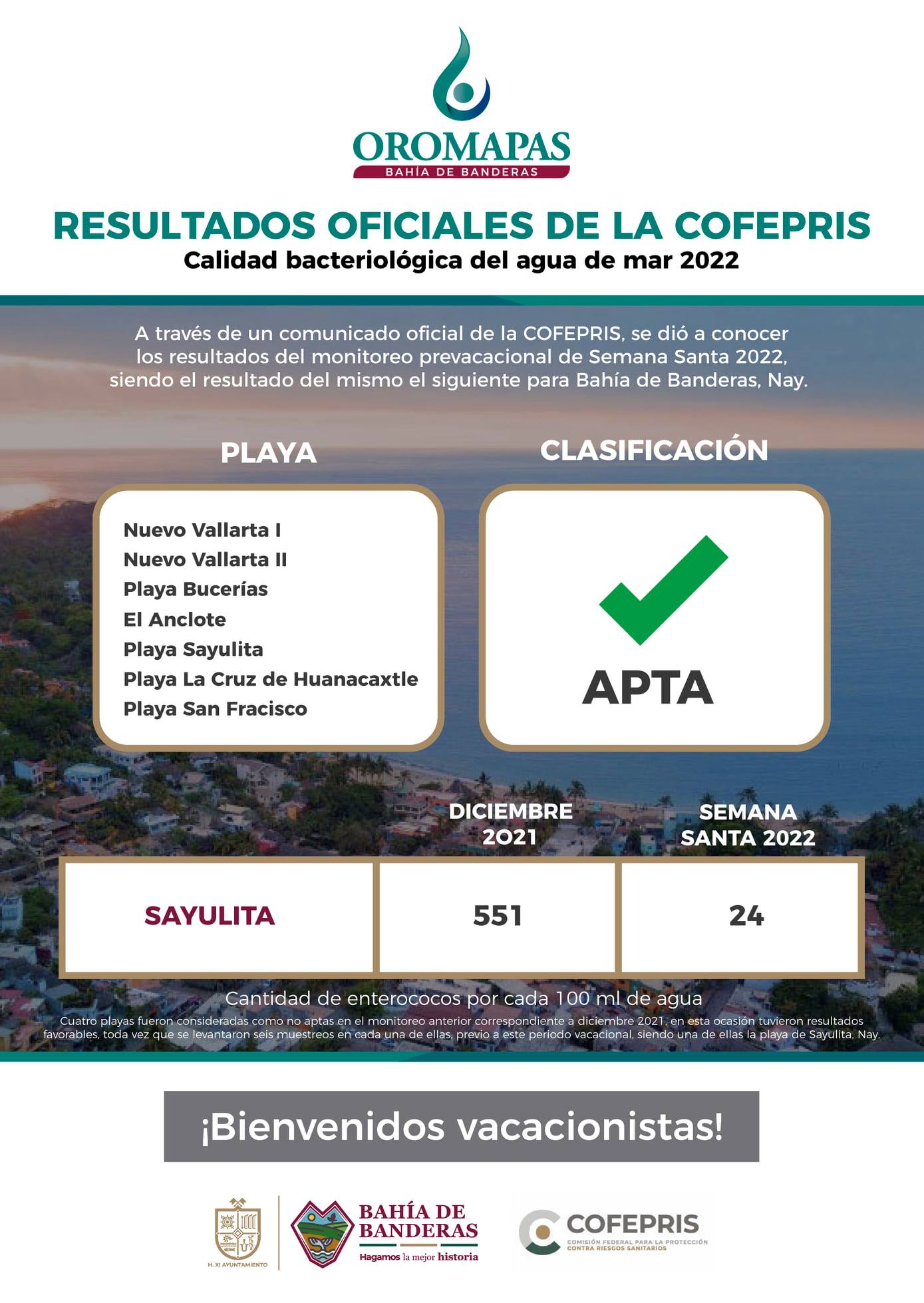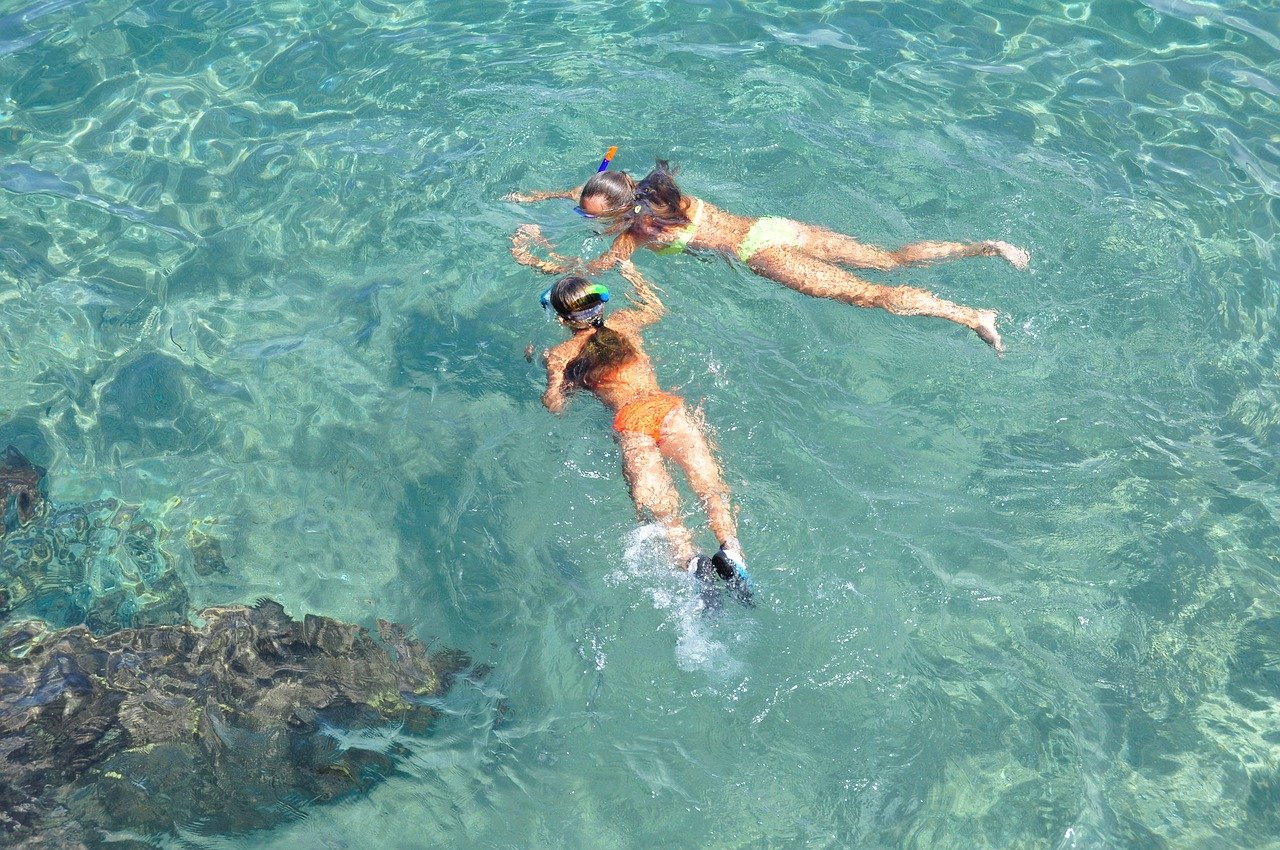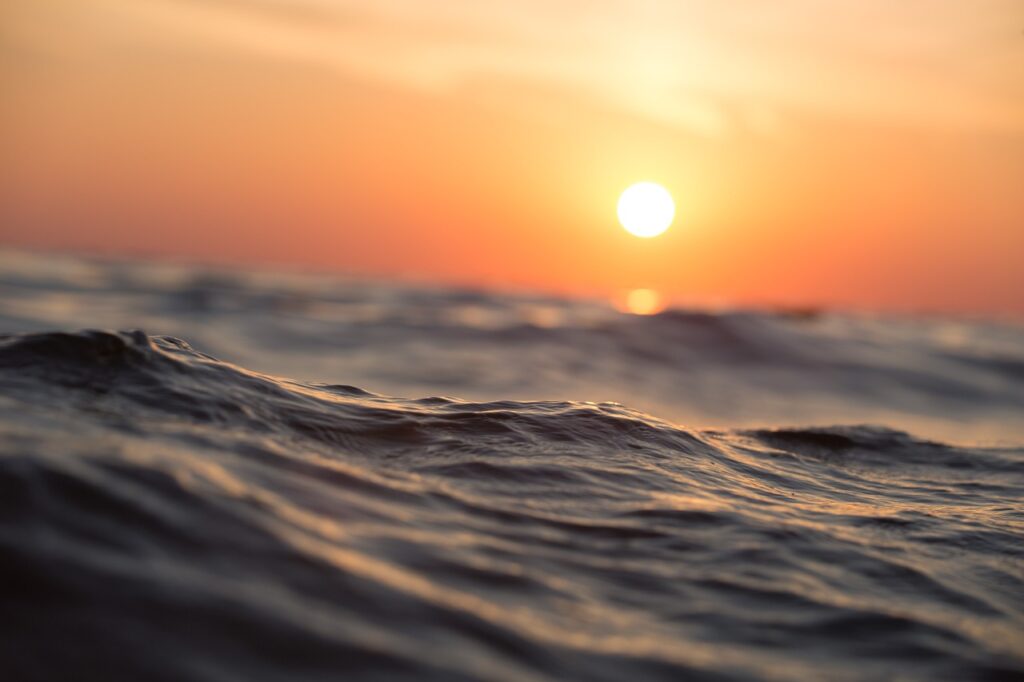Puerto Vallarta, nestled on Mexico’s Pacific coast, boasts not only stunning beaches but also a commitment to maintaining their pristine quality. With coveted Blue Flag status and rigorous testing programs in place, visitors to Puerto Vallarta can enjoy the sun, sand, and surf with confidence in the water’s safety.
Blue Flag Certification
Puerto Vallarta’s beaches hold the prestigious Blue Flag status, an international recognition of excellence in security, environmental management, and beach quality. To achieve and maintain this status, beaches and marinas must meet stringent criteria encompassing environmental sustainability, safety measures, educational initiatives, and accessibility.
In order to qualify for the Blue Flag, a series of stringent environmental, educational, safety, and accessibility criteria must be met and maintained.



COFEPRIS Playas Limpias Program
In addition to Blue Flag certification, the Mexican government agency COFEPRIS oversees the “Playas Limpias” program, which involves regular testing of ocean water quality and bacterial analysis at popular beaches across Mexico. The Ministry of Health mandates that ocean water quality must contain less than 200 units of enterococci bacteria per 100 ml to ensure safety for swimmers and beachgoers. However, it’s important to note that water quality may vary, particularly near river mouths such as the Cuale or Ameca.
Puerto Vallarta Water Quality Results
Here is an example of the results from the 2024 ocean water quality in the beaches of Puerto Vallarta:

Riviera Nayarit Water Quality Results
Here is an example of the results from the 2024 beach water quality in the nearby beaches of Bucerias, Nuevo Vallarta, and Sayulita:

Awareness of Red Tide
Red Tide, an occasional natural phenomenon, warrants attention among beachgoers in Puerto Vallarta. Typically occurring during the spring months, Red Tide is a result of the proliferation of certain types of algae in coastal waters. While the name might suggest a crimson hue to the water, the phenomenon actually varies in color, appearing reddish-brown, greenish, or even yellowish, depending on the type of algae and the concentration of pigments present.
Beyond its aesthetic impact, Red Tide can pose risks to both marine life and human health. The algae produce toxins that, when concentrated, can harm fish, shellfish, and other aquatic organisms, leading to fish kills and ecological disruptions. For humans, exposure to these toxins can cause respiratory irritation, skin rashes, and other allergic reactions, particularly when aerosolized by waves or wind.
In Puerto Vallarta, local authorities and environmental agencies closely monitor Red Tide occurrences through regular sampling and analysis of water samples. These efforts aim to provide timely warnings to residents and visitors alike, allowing them to make informed decisions about beach activities during periods of heightened algae blooms.
Ocean Water Temperature Variations
Understanding the seasonal variations in ocean water temperature is key to planning an enjoyable beach vacation in Puerto Vallarta. August marks the peak of summer with ocean water temperatures reaching around 30°C (86°F), offering ideal conditions for swimming, snorkeling, and other aquatic activities. The coldest ocean water temperature is in February where it is around 22°C (72°F).

Puerto Vallarta’s commitment to maintaining high water quality standards ensures that visitors can revel in the beauty of its beaches without compromising their health or safety. With Blue Flag certification, rigorous testing programs, and awareness of natural phenomena like red tide, Puerto Vallarta remains a premier destination for beach lovers seeking both relaxation and adventure along Mexico’s Pacific coast.




